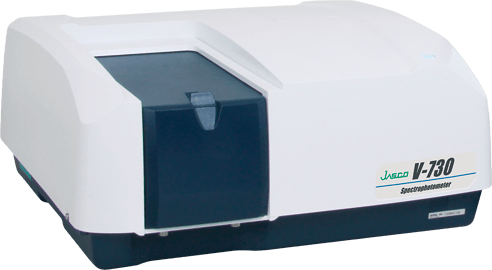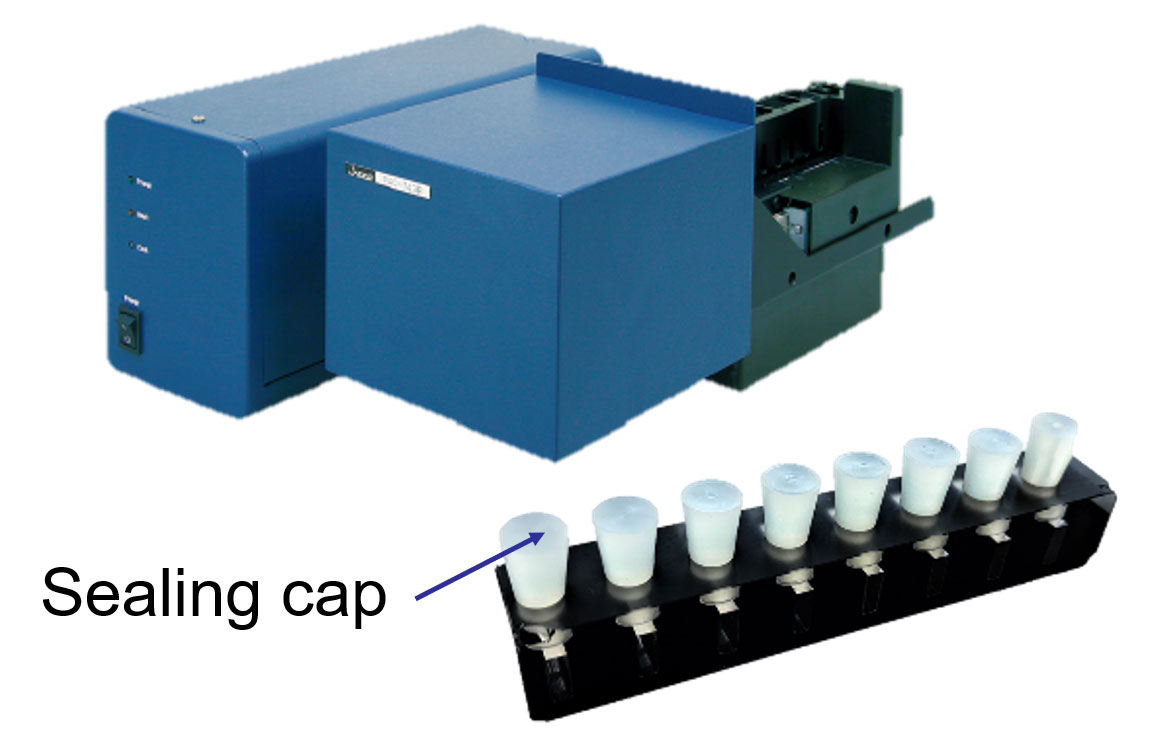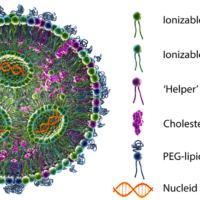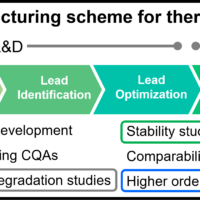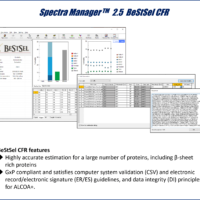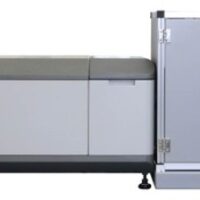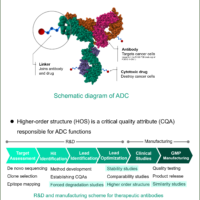In recent, many antibody drugs and DNA/RNA therapeutics are researched and developed by research organizations and pharmaceutical companies in the world. We believe that one of our goals is to contribute to create new applications with our technology, which is based on knowledge and experience about spectroscopy over 55 years. In here, we would like to introduce some of these new applications that we have developed with several collaborators with using our circular dichroism, fluorescence and UV/Vis spectrophotometers.
Antibody Screening
Biopharmaceuticals can easily change their structure depending on formulation conditions such as the solvent, pH and temperature, and may consequently lose their activity. It is therefore essential to investigate the effects of formulation conditions in order to ensure quality consistency. CD measurements are extremely effective for structural analysis and stability evaluation of these biopolymers, because structural changes in proteins and nucleic acids are reflected in their CD spectra. Consequently, CD measurements have begun to be utilized during the development phase of biopharmaceuticals, and for identifying the original drug and biosimilars in order to ensure consistent quality. In response to this demand, JASCO has developed HTCD Plus system that can automatically measure the CD spectrum of multiple specimens formulated under different conditions, in addition to software that can quantitatively evaluate CD spectral changes associated with structural changes in proteins. This represents a major advance with widespread applications in the field of biopharmaceuticals.

J-1500 Circular Dichroism spectrometer with HTCD Plus
Here, we report a new approach to evaluating the stability of VHH antibodies by comparing the CD spectra of native and denatured antibodies using statistical analyses before conducting thermal denaturation tests, which generally require a great deal of time.
Thermal denaturation analysis of protein structure

It is important to verify structural changes caused by heat not only in antibody drugs but also in the process of producing proteins widely. JASCO is proposing an application technology that allows simple and rapid spectroscopic analysis by setting arbitrary temperature conditions for multiple protein samples. A secondary structural analysis method for proteins that changes with temperature changes is the measurement of higher-order structural changes with the simultaneous measurement function of circular dichroism and fluorescence spectra. These measurements enable verification of folding and reversibility unique to the sample.
Structure Evaluation of G-quadruplexes

J-1500 Circular Dichroism spectrometer with HTCD Plus
DNA aptamers are short DNA molecules that bind to a specific molecule. Since they can be produced by chemical synthesis and have high specificity to their target molecules, they have been attracting attention as the next-generation ligands for pharmaceutical and biosensing applications. Metal ions are required for the thermodynamic stability of DNA structure, and the changes in the type and concentration of metal ions cause changes in DNA structure. It is therefore important to evaluate the structure of DNA aptamers under different solvent conditions.
Circular dichroism (CD) is an effective technique for easily estimating the tertiary structure of nucleic acids at low concentrations under homogeneous conditions. G-quadruplex (G4) aptamers are known to specifically bind to a protein called alpha-synuclein which can cause neurodegenerative diseases such as dementia when it aggregates in one’s brain.
Micro volume sample measurement – One Drop -
It is important to reduce the sample volume in analysis and evaluation especially about valuable and expensive samples such as RNA and so on. JASCO has micro volume measurement accessories for UV-visible spectrophotometer, fluorescence spectrophotometer and circular dichroism spectrophotometer.

DNA/RNA thermal melting measurements
For the melting measurement of DNA samples, a temperature sensor can be inserted into the sample cells and the actual temperatures of samples plotted on the horizontal axis in order to increase the accuracy of the temperature readings for the melting experiment. This measurement technique is easy to be applied for 10-mm rectangular cells with a larger sample volume. However, for cells with a small sample volume such as the 8-position micro cell (100µl), a temperature sensor blocks the instrument optical path. It is then difficult to obtain both absorbance and temperature of a sample simultaneously.
Here, a DNA measurement example using the 8-position micro cell with a temperature sensor is outlined. By using one of the 8-position micro cells as a temperature monitor, the horizontal axis of the temperature course data can be plotted with actual temperatures obtained by the sensor. This increases the temperature accuracy of measurements with the 8-position micro cell.
